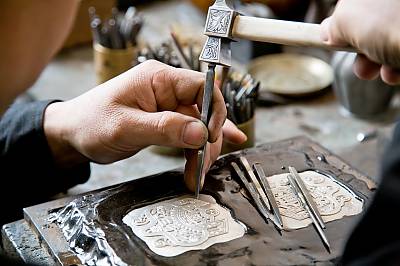Living heritage transmission after the COVID-19-pandemic
During the COVID-19 epidemic, the Chinese government issued strict quarantine regulations to make people stay at home. During the quarantine, most people got information online.They also produced many short videos for entertainment. During this period, we can see that intergenerational interactions are more frequent so that the activeness of young people in the online space affects inheritors, resulting in the improvement of the information literacy of them. Some heirs began to learn to use apps, and gradually expanded the publicity of living heritage to online space.
Jiaocheng, a thousand year old city in Shanxi Province, China, has rich cultural history and living heritage. Zaze, a traditional folk art form in Jiaocheng, created by folk artists according are catchy, humorous and easy to understand. Some folk artists created a number of Zazes about the coronavirus, reminding people to stay at home, pay attention to personal hygiene, and avoid eating wild animals.These creations were spread widely through social media.This is a good example of how living heritage can be innovative and develop in its interaction with the changing environment.
April 24th of the lunar calendar is a traditional ancient festival in Jiaocheng. On this day, there will be a large country fair. People bring specialty products from different regions to exchange. This year, due to the pandemic, the rally was cancelled. On that day, the county magistrate took the lead in promoting local agricultural and sideline products through a live network broadcast. Ancient customs moved to the Internet.
The COVID-19 has brought a crisis to living heritage. Some manual workshops have been forced to close. At the same time, we also see the vitality and creativity of living heritage, which brings opportunities for the development of them.
The online museum will be the main form of live heritage publicity in post-epidemic era. At the same time, we also need to explore the cultural connotation and innovative forms of the living heritage, to make the old heritage bloom in the new era.
The designations employed and the presentation in the texts and documents referenced in this platform do not imply the expression of any opinion whatsoever on the part of UNESCO concerning the legal status of any country, territory, city or area or of its authorities or concerning the delimitation of its frontiers or boundaries.
